
Source: Unsplash/Lux Graves.
In Part 1 of Future of Sleep, we started to explore the mystery that is sleep, unpacking some of the evolving trends. Part 2 discusses who we believe will win in this space, showcase the companies making waves, and share our predictions for what sleep will look like in 10 and 50 years time!
Who will win?
Making sleep cool again
Sleep needed a rebrand. Until recently, running on no sleep and five shots of espresso was seen as cool — even glamourous. As a collective, we’re only starting to change how we perceive sleep — as an expression of self-care and savvy investment in our health and performance.
Brands will win through cementing this narrative, making people feel like warriors for prioritising their sleep and optimising their routines. Clever brands will dispose of lavender sprays, cherubic imagery, and the association of sleep with grandmas. These will be replaced with sharp designs, great UX, and memorable content. Re-framing the narrative will also change the value consumers assign to items associated with sleep — switching from seeing a bed to an ordinary piece of furniture to an important instrument in getting an edge on your performance and wellbeing.
Sleeping together (apart)
It’s well-established that people are motivated when they pursue hobbies alongside others; and telling other people about your plans and goals is great for keeping you accountable and on track.
We’ve seen this brought to life through apps like Strava, Fitbit, and our very own portfolio company Swing Vision.
We foresee similar communities and ecosystems being formed around sleep, featuring social challenges, sleep influencers, and other content creators. There is even an event called the World Sleep Championships where ‘sleep racers’ are paired up in a round robin style tournament, and compete to post the best sleep score.
Elite sleep
Fully featured sleep retreats run sleep diagnostics, incorporate melatonin and serotonin into meals, have sleep coaches on hand, pillow menus, sleep meditations, and special lighting designed to reset circadian rhythms.
Integrating sleep
40% of people who try sleep wearables stop using the device within 6 months. This is partially because the benefits of good sleep can be harder to quantify and observe. This makes tracking routines hard to stick to, and prolonged adherence to a healthy routine difficult to achieve.
We believe the best wearables companies will measure the impact of sleep and integrate it with a broader picture of our health and performance, connecting the dots between the impact of sleep on our mood, energy levels, appetite, concentration, and alertness. This level of granularity will help people appreciate the impact of sleep, and the motivation to stick to good habits. Companies such as Oura are starting to do this — using its sleep data to make suggestions on when to work out, when to recover, and when to focus.
Startups making waves
There are already companies starting to make waves in sleeptech. Here are just a few from around the world:
Tracking sleep
WHOOP not only measures sleep, but also recovery and strain. It triangulates between scores such as heart rate variability and resting heart rate to tell you how ready you are to perform — issuing a score of green, yellow, or red. Its users have taken to sharing these scores socially — and a green recovery score is as celebrated as clocking in a personal best on a run. WHOOP has found a cult-like love among athletes and other high performers.
Other trackers include Rise, which tracks sleep deficit and circadian rhythms. The app has a daily planner which uses this data to make personalised recommendations, such as when you should stop drinking caffeine, work out, limit blue light exposure, and go to sleep.
Improving sleep
There’s a spate of inventions that help people take their sleeping game up a level: Crescent tracks your sleep and connects you to certified sleep coaches that help you methodically improve your sleep, while Dawn Health uses cognitive behaviour therapy (CBT) techniques to treat insomnia, enabling communication with therapists 24/7 via its app and access to tailored plans for conquering insomnia. Another app Sleep Cycle facilitates ‘bio-synced’ waking — detecting sleep stages and waking you up at the optimal time in your sleep cycle.
Meanwhile, Pzizz creates deeply relaxing dreamscapes that help you fall asleep, stay asleep, and wake up feeling refreshed. The app has different modalities for when you want a full night’s sleep, a nap, or a burst of focus upon waking from a power nap. Pzizz combines music, rhythm, narrative, and sounds to create the perfect scape for every use case.
Some companies are innovating on the bed itself. Bryte has engineered an intelligent and connected bed. Using ‘Restorative Intelligence’, the mattress monitors your body’s signals, like temperature and points of pressure. It uses contouring to release pressure and help you sleep better. The bed currently retails for an eye-watering $7600 and is mostly being used by luxury hotels.
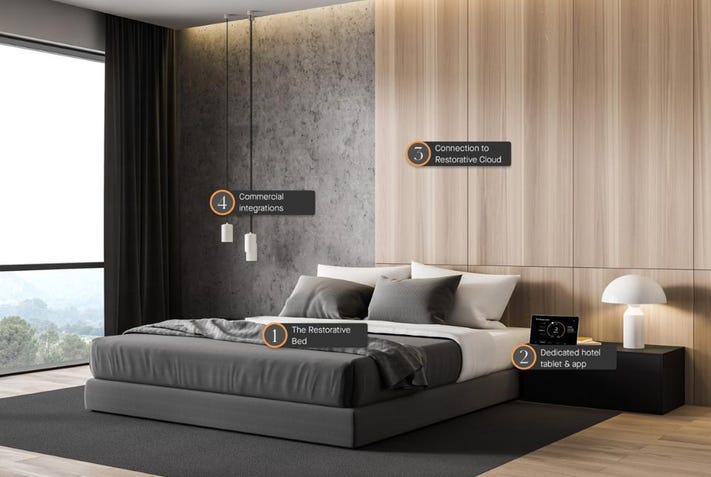
Bryte’s mattress is a hit at luxury hotel groups.
Similarly, Eight Sleep, which raised a $70 million Series C in 2021, offers dynamic heating and cooling. It retails at almost $3000, with an additional $240 annual subscription that unlocks sleep insights and offers content like sleep meditations.
Controlling dreams
Dormio is a wearable ‘glove’ that helps with incubating and inducing creative dreams.
During sleep onset, we enter a state called hypnagogia — a semi-lucid sleep state where we begin dreaming before we fall fully unconscious. Hypnagogia is characterised by phenomenological unpredictability, distorted perception of space and time, loss of sense of self, and spontaneous, fluid idea association.
The Dormio glove can detect the beginning and end of hypnagogia, and uses audio cues to ‘incept’ content into this phase of dreaming. Sleep scientists are experimenting with how these techniques can be use to treat recurring nightmares or even PTSD.
Sleep anywhere
Started by Caspar mattress, the Dreamery is a room in NYC where you can pay $25 to take a power nap. Its room is complete with pyjamas, toiletries, and a coffee as you wake up. There’s also a bookshelf packed with books that will put you to sleep with titles like ‘The Colour Atlas of Hypertension’.
Our predictions
10 years from now
- Sleep will become a more foundational pillar of medicine. Instead of a subject largely sidelined by med school, the importance of sleep will become as central a part of medical literature as diet and exercise. There will be more research into how to switch into and lengthen restorative sleep,which keeps us healthy and helps us heal. We’ll also see sleep nurses carers becoming more common;
- Driven by wearables and smart mattresses, homes will morph into personal sleep clinics. Data collected at home can be analysed by sleep doctors, and therapies delivered through connected tech. Sleep coaches will become true partners in sleep optimisation; helping people choose the right pillows and mattresses, fine-tuning diet, and even composing dreamscape music;
- As employers and schools start to recognise the link between sleep and performance, businesses will start incentivising and rewarding good sleep hygiene. Team sleep challenges will become the new step challenges. Insurance companies will step in too. Medibank and nib already offer rebates to reaching fitness goals; we believe the same will start to be applied to sleep; and
- As innovation in dream tech accelerates, we see a role for regulators to step in to ensure advertisers follow a Dream Advertising Code. Our dreams are our last bastion of privacy, and one worth defending!
50 years from now
Speculating on the future is exciting, frightening, and amusing. Here are just some of our speculations on how things may play out:
- Just as food pyramids are taught in schools, we think kids will be taught about the science of sleep. But just as Big Diary and Big Carbohydrates sought to influence what was taught, perhaps we’ll see Big Sleep trying the same…;
- Sleep ‘check-ups’ will become as routine as yearly trips to the dentist, resulting in many more diagnoses for conditions such as sleep apnea and parasomnias (sleep walking and teeth grinding), which currently go unnoticed;
- Dream incubation will be well understood and widely practiced. We’ll see people programming particular dreams and dreams available for streaming. We may even see Oscars for particularly well-directed dream content!;
- The same techniques could be applied to learning, with ‘night classes’ made available to master skills and knowledge quickly. Perhaps we’ll also be able to program our unconscious time to give us an edge, or use dreams to treat conditions like PTSD, anxiety, and trauma; and
- And as with all innovations, we predict there may be an initial burst of unregulated experimentation, followed by more considered regulation and selective uptake. For example, we predict we’ll experience a dystopian late-stage capitalist event where advertisers infiltrate our dreams, before we kick them out for good. Similarly, there may be a pushback against constant tracking by wearables and programmable dreams, and a return to the simple pleasure of a natural slumber.
This article was first published by AfterWork Reading.
Handpicked for you
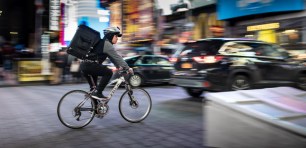
Ian Whitworth: Why the last-minute grocery startup is the worst kind of business

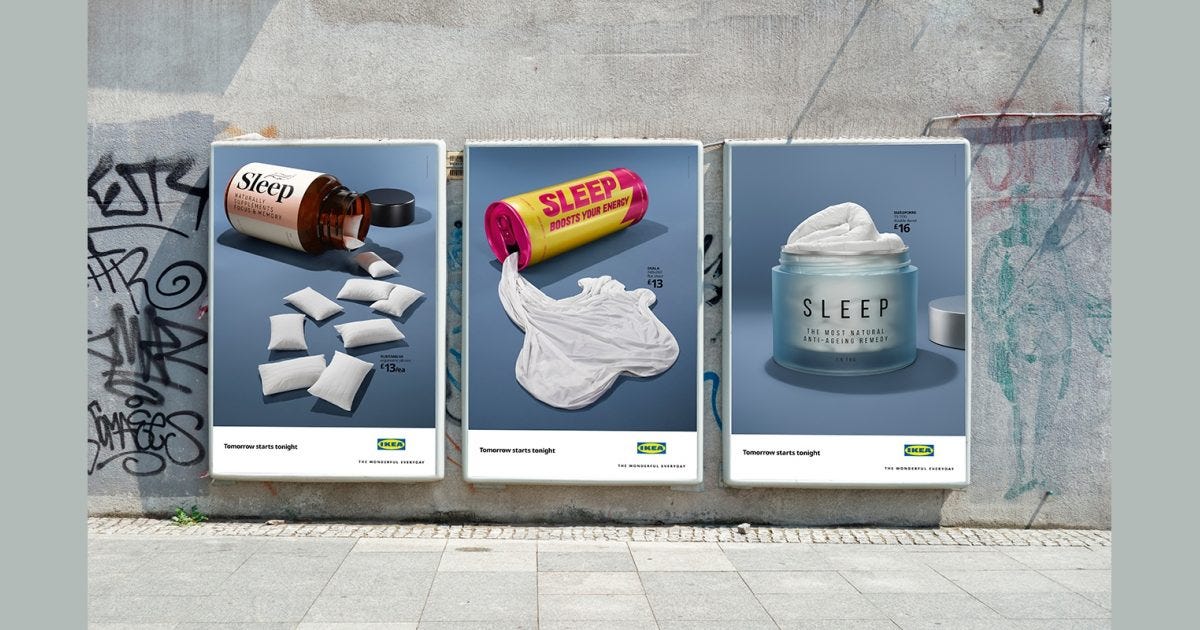
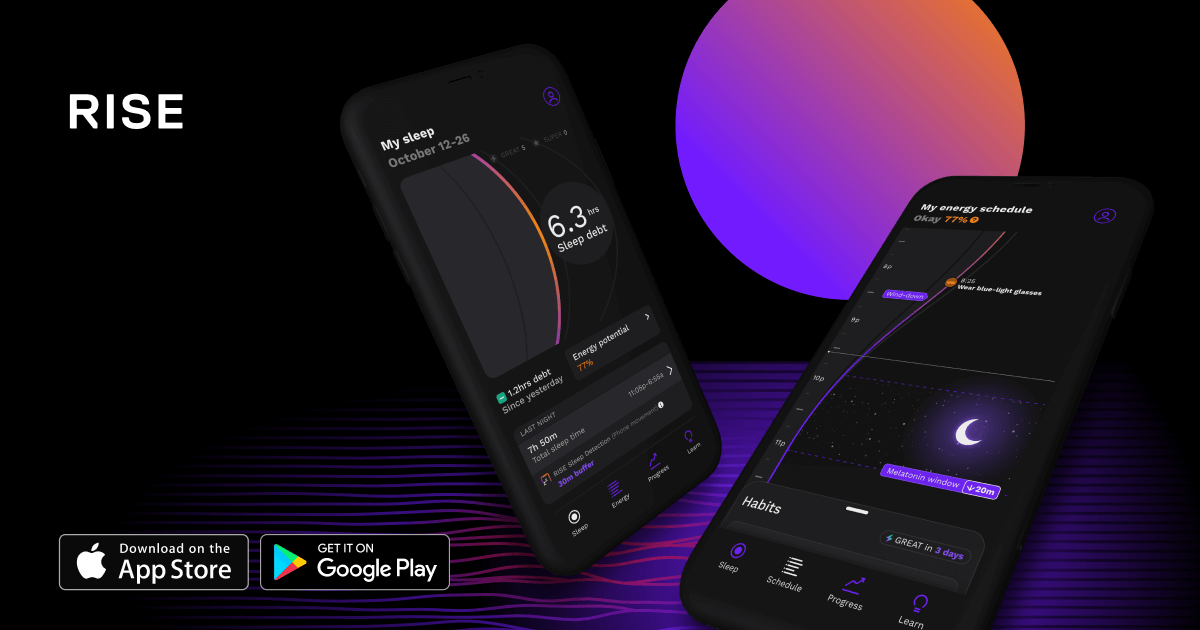
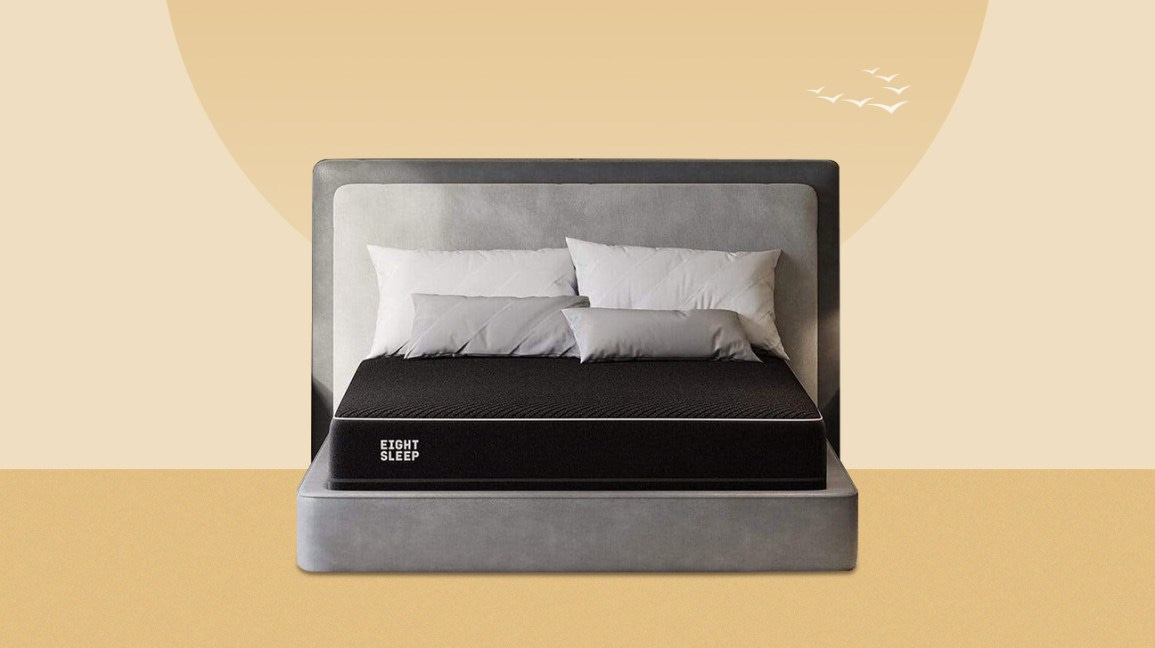
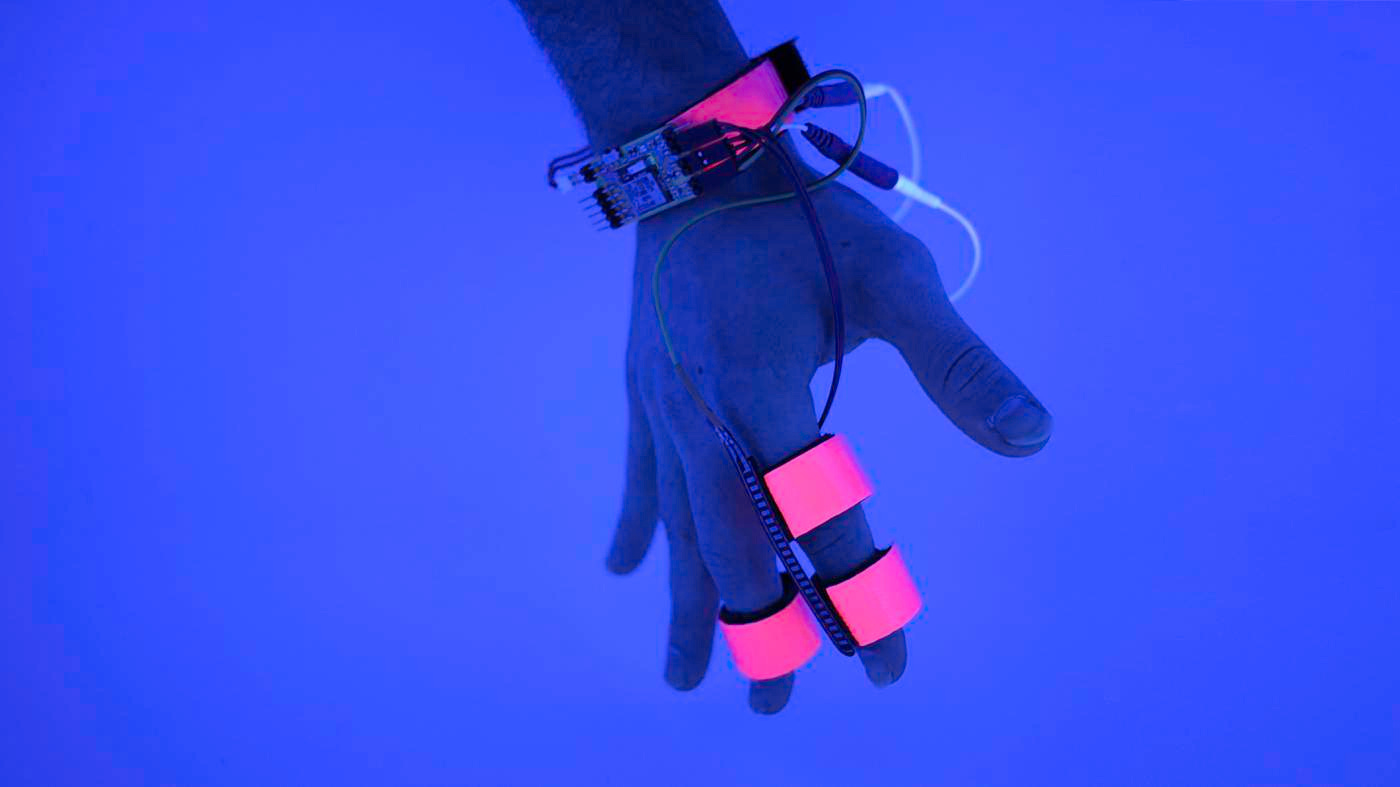



COMMENTS
SmartCompany is committed to hosting lively discussions. Help us keep the conversation useful, interesting and welcoming. We aim to publish comments quickly in the interest of promoting robust conversation, but we’re a small team and we deploy filters to protect against legal risk. Occasionally your comment may be held up while it is being reviewed, but we’re working as fast as we can to keep the conversation rolling.
The SmartCompany comment section is members-only content. Please subscribe to leave a comment.
The SmartCompany comment section is members-only content. Please login to leave a comment.